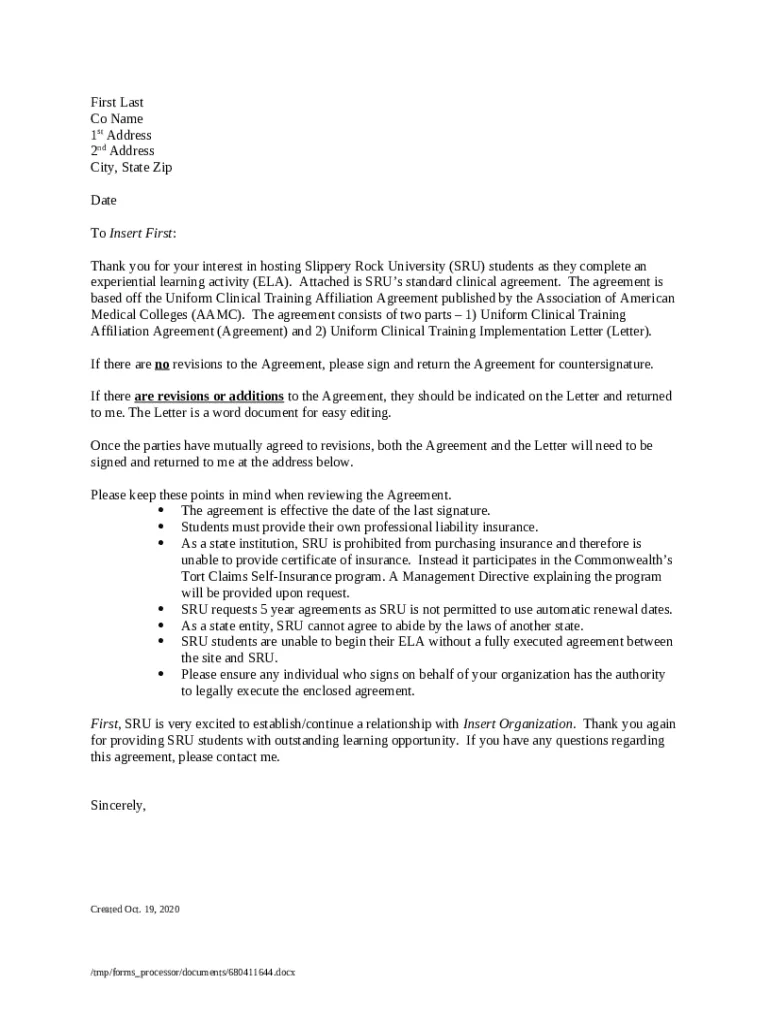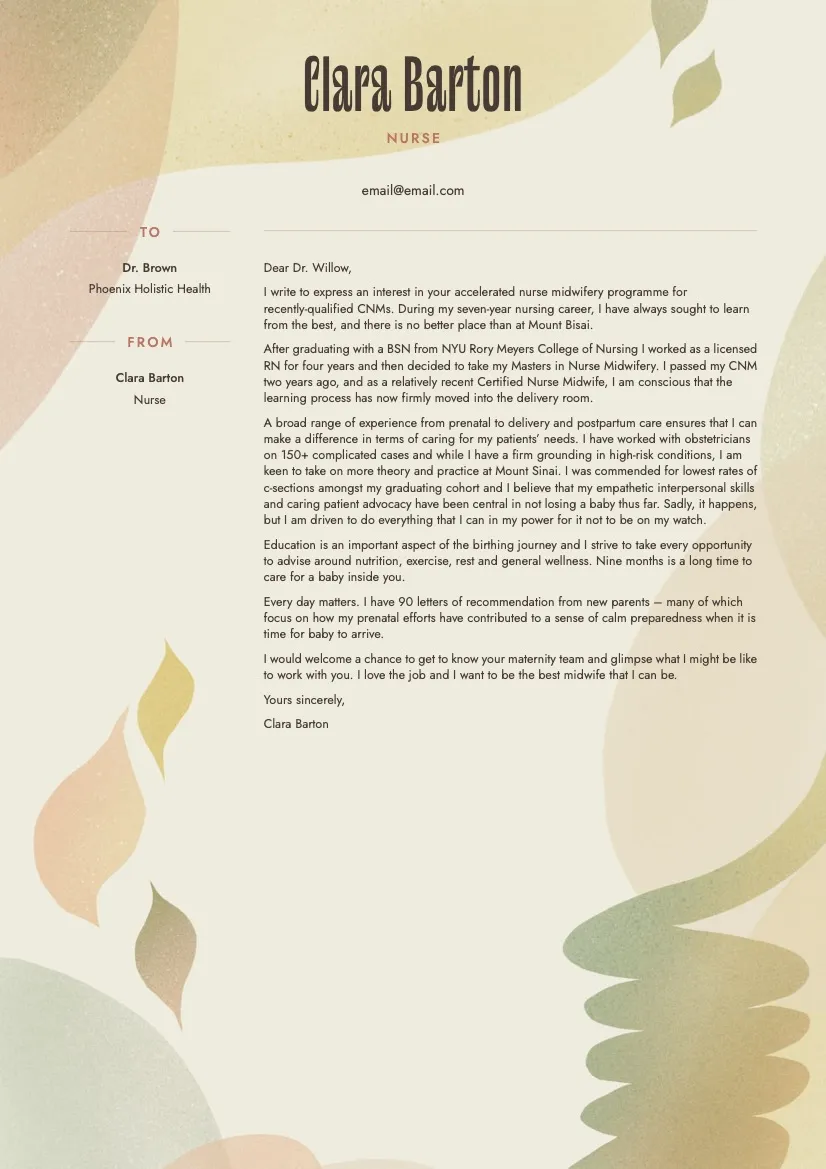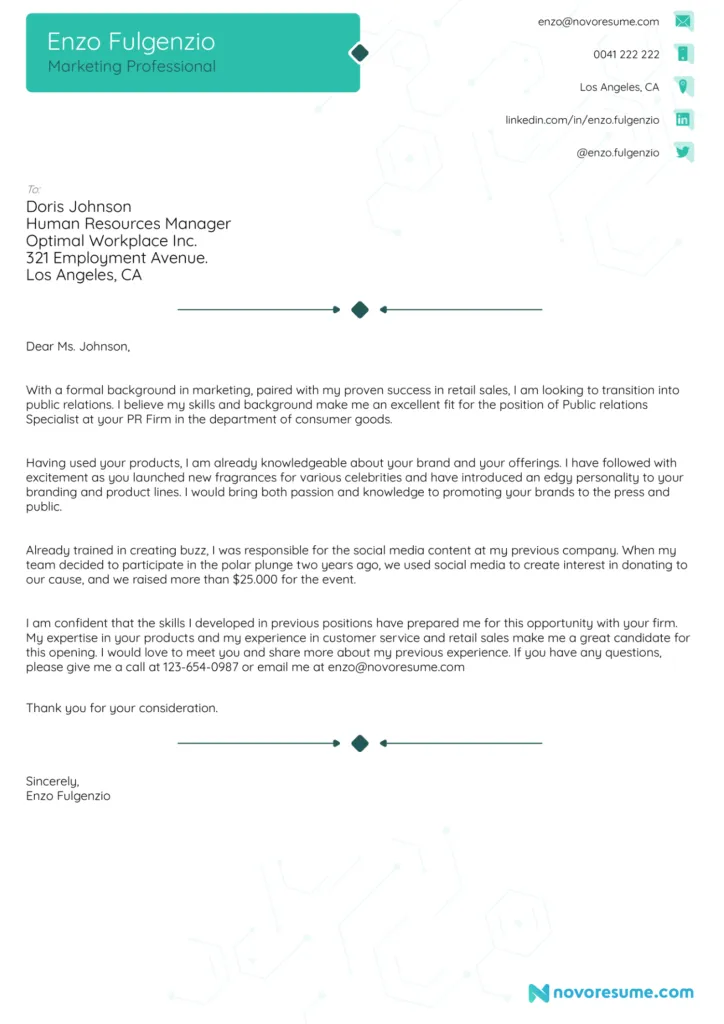Cover Letter Sample Layout
A well-structured cover letter is crucial for making a strong first impression on potential employers. The layout of your cover letter is as important as the content itself. It should be easy to read, visually appealing, and professionally formatted to showcase your attention to detail and organizational skills. This guide provides essential tips and a sample layout to help you craft a cover letter that stands out and increases your chances of landing an interview. Mastering the cover letter sample layout allows you to present your qualifications effectively. The right layout ensures your message is clear, concise, and resonates with the hiring manager. A clean and professional cover letter layout demonstrates your commitment to excellence and attention to detail. The use of proper formatting, including clear sections, adequate spacing, and a professional font, enhances readability. A well-formatted cover letter reflects positively on your professionalism and increases the likelihood of securing an interview.
Header and Contact Information
The header of your cover letter should include your contact information and the recipient’s details. This section ensures that the hiring manager can easily reach you. Begin with your full name, address, phone number, and email address. Use a clear, professional font and maintain consistent formatting throughout the header. Place this information in the top left or right corner of the page. Ensure all details are accurate and up-to-date. Proper header formatting saves the recruiter’s time by providing all the necessary contact information immediately, which is one of the most important aspects when creating a cover letter sample layout. A well-organized header is easy to read and locate, making a positive first impression. A well-designed header will highlight your professionalism and attention to detail, both of which are vital in securing an interview. Keeping the header concise and focused will improve readability and help you communicate clearly with the hiring manager.
Your Name and Contact Details

Start with your full name, ensuring it is easily visible. Following your name, list your complete mailing address, including the street address, city, state, and zip code. Provide a current phone number where you can be readily reached. Include a professional email address, avoiding informal or outdated addresses. Ensure that all contact details are accurate and up-to-date. Proofread this section carefully to avoid any errors that could prevent a potential employer from contacting you. Accurate contact details in your cover letter header enable potential employers to quickly reach you. Correctly formatted contact information boosts your credibility and displays attention to detail, creating a professional impression. The goal of including these details is to facilitate seamless communication between you and prospective employers. This section serves as an easy reference point, making it simple for hiring managers to reach out if they are interested in your qualifications.
Date and Recipient Information
Beneath your contact information, include the date you are sending the letter. Following the date, add the recipient’s details, including the hiring manager’s name, title, and the company’s address. If the hiring manager’s name is not available, use a general greeting like “Hiring Manager.” Use formal titles and be specific about the recipient’s department or role, where possible. This demonstrates your attention to detail and professionalism. Properly addressing the recipient shows that you’ve researched the company and the position, thereby setting a positive tone for your application. Precision in this section makes the cover letter sample layout more professional and reflects your dedication. A clear and accurate recipient section indicates that you have taken the time to personalize your application, a key element for cover letter sample layout success.
Professional Salutation
Begin your cover letter with a professional salutation, such as “Dear Mr./Ms./Mx. [Last Name],” using the hiring manager’s name if available. If you do not know the name, use a general greeting such as “Dear Hiring Manager.” Avoid informal greetings. The salutation is your initial interaction with the recipient, so a professional approach is key. This sets a positive tone for the rest of your letter. A proper salutation helps establish a professional and respectful tone from the outset. Using the correct salutation showcases your attention to detail and consideration. A personalized salutation shows that you have taken the time to research the company and position, making your cover letter sample layout even more impactful.
Body Paragraph 1 Highlight Your Value

The first body paragraph should immediately grab the reader’s attention. Start with a strong statement of purpose, clearly stating the position you are applying for and where you found the job posting. Briefly summarize why you are a good fit for the role, focusing on your most relevant qualifications and skills. Show enthusiasm for the opportunity and the company. This is your chance to immediately capture the hiring manager’s interest. Make your initial statement clear and direct. Tailor your message to show that you understand the job’s requirements. This paragraph should make it easy for the hiring manager to see your potential value to the company. Highlighting your enthusiasm right away will set a positive tone.
Body Paragraph 2 Showcase Your Skills
In the second paragraph, provide more detail about your skills and experiences. Select 2-3 key skills that align directly with the job description. Use specific examples to demonstrate how you have used these skills in the past and what results you achieved. Quantify your accomplishments whenever possible to make your achievements more impactful. This is where you really sell your abilities and the value you bring. Back up your claims with evidence from your previous roles. Your examples should resonate with the needs of the hiring company. Demonstrate how your skills fit the job’s criteria. The goal is to show you not only meet the requirements but also excel in them. Illustrate how your skills and experiences can contribute to the company’s success. Show, don’t just tell, the hiring manager about your capabilities.
Body Paragraph 3 Address the Job Requirements
The third paragraph should directly address the job requirements listed in the job description. Carefully review the job description and identify the key qualifications and responsibilities. Provide specific examples from your experience where you successfully met these requirements. Use keywords from the job description to show you understand what the employer is looking for. Tailor this section to match each job you apply for, highlighting the specific skills and experiences that are relevant to that position. Clearly demonstrate to the employer that you have the skills and knowledge necessary for success in the role. Show that you have carefully considered the job and know what the company is seeking. Address each of the main requirements to ensure you cover all the key aspects of the role. This paragraph provides a direct connection between your skills and the job’s needs.
Body Paragraph 4 Show Enthusiasm

Express your enthusiasm for the company and the specific role in the fourth paragraph. Share what attracts you to the company’s mission, values, or culture. Explain why you are genuinely interested in the opportunity. Show that you have done your research and are not just sending a generic application. Mention any specific projects, initiatives, or products that resonate with you. Demonstrating your excitement for the role and company can make a strong impression on the hiring manager. This paragraph allows you to build a more personal connection with the hiring manager. Your enthusiasm and genuine interest can significantly boost your chances. Show that you envision yourself thriving within the company and the position. A genuine show of passion is often memorable.
Body Paragraph 5 Include a Call to Action
End your cover letter with a clear call to action. State your interest in an interview and make it easy for the hiring manager to move forward. Provide your availability for an interview. Thank the hiring manager for their time and consideration. Reiterate your eagerness to discuss how you can contribute to their team. A call to action encourages the hiring manager to take the next step. Make it clear that you are ready and available to advance in the hiring process. This demonstrates initiative and confidence, and facilitates communication. Including a call to action is essential to move your application to the next step, showing clear intent. Reiterate your interest in the position and underscore your willingness to discuss your qualifications further.
Complimentary Closing
Choose a professional closing, such as “Sincerely,” “Best regards,” or “Thank you.” Avoid overly casual closings. Ensure your closing matches the tone of your entire cover letter. Place the closing a few lines below the last paragraph. Keep the tone of your closing professional and appropriate for the business context. A thoughtful closing sets the stage for a positive final impression and sets a professional tone for the end of your letter. Use a closing that leaves a positive and respectful impression, which is crucial for an effective cover letter sample layout.
Signature and Typed Name

Leave space for your handwritten signature between the complimentary closing and your typed name. If sending your cover letter digitally, type your full name after the closing. This formatting ensures a polished and professional look. Your signature reinforces the validity of your document. Always include your typed name for clarity and readability, especially in a digital format. A signature area is a key component when creating a cover letter sample layout. This reinforces authenticity, and it is a hallmark of professionalism in the context of your application.
Additional Formatting Tips
Font and Font Size
Choose a professional and easy-to-read font, such as Times New Roman, Arial, or Calibri. Use a font size between 10 and 12 points. Maintain consistency throughout your cover letter. Avoid using overly fancy or decorative fonts that may detract from your message. Professional fonts enhance readability and create a positive first impression. Using a legible font makes it easy for the hiring manager to read your cover letter. Consistent font size will ensure your cover letter has a polished look. These choices will enhance the visual appearance of your cover letter sample layout.
Margins and Spacing

Use standard one-inch margins on all sides of your cover letter. Use single-line spacing for the body of your letter, with a blank line between paragraphs. This creates a clean, uncluttered look and makes your cover letter easier to read. Proper margins and spacing contribute to a professional and visually appealing presentation. Good spacing enhances readability, helping the hiring manager easily scan your cover letter. Adequate margins will provide enough white space for the document to appear professional. A well-organized layout is vital for the effectiveness of your cover letter sample layout.
Proofreading and Editing
Thoroughly proofread your cover letter for any typos, grammatical errors, or inconsistencies. Use a spell checker and grammar checker, but also manually review the document. Ask a friend or family member to proofread your cover letter. A mistake-free cover letter demonstrates your attention to detail. A clean and polished document helps the hiring manager focus on your qualifications. Ensure the tone and language are appropriate for the job and industry. Proofreading is a crucial final step in the cover letter sample layout creation process.
Using Action Verbs
Incorporate action verbs to make your cover letter more compelling and impactful. Start your sentences with strong action verbs to describe your accomplishments and responsibilities. Examples of effective action verbs include “managed,” “developed,” “achieved,” “led,” “implemented,” and “created.” Action verbs add dynamism and a sense of achievement. This highlights your skills, making them more memorable. Using action verbs will keep the reader engaged. Action verbs are an essential part of creating a powerful cover letter sample layout.
